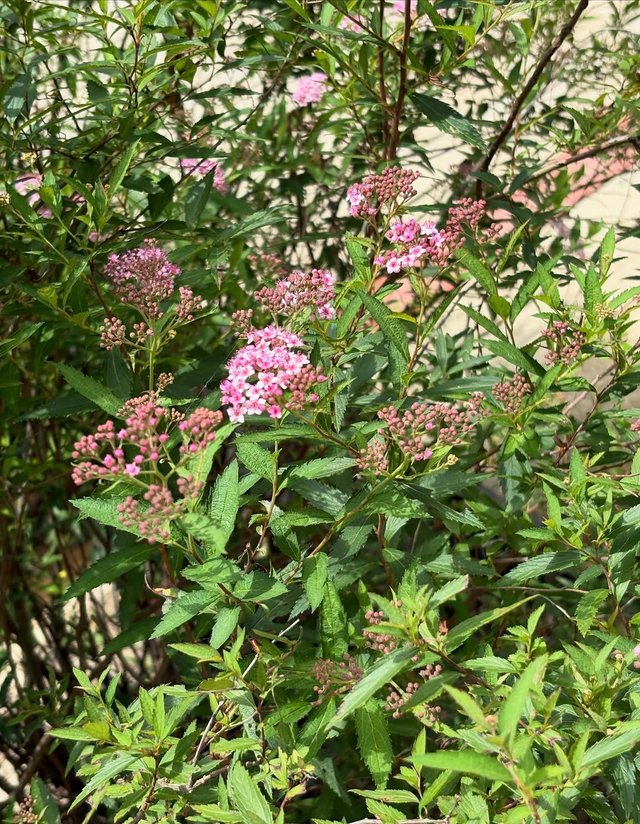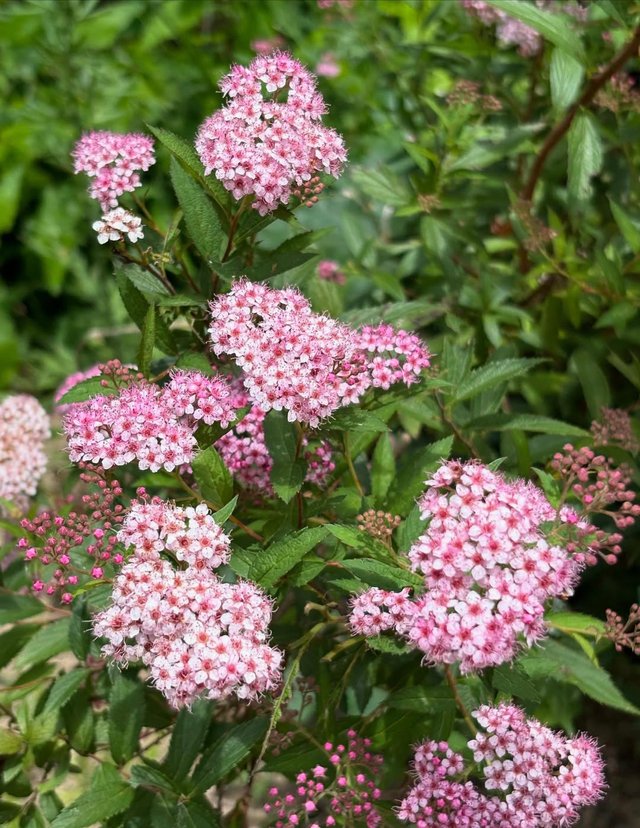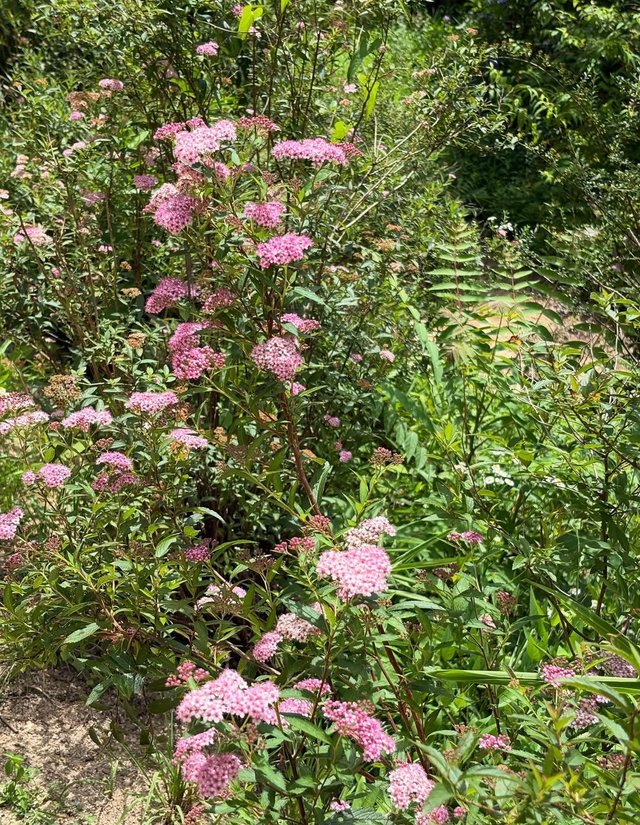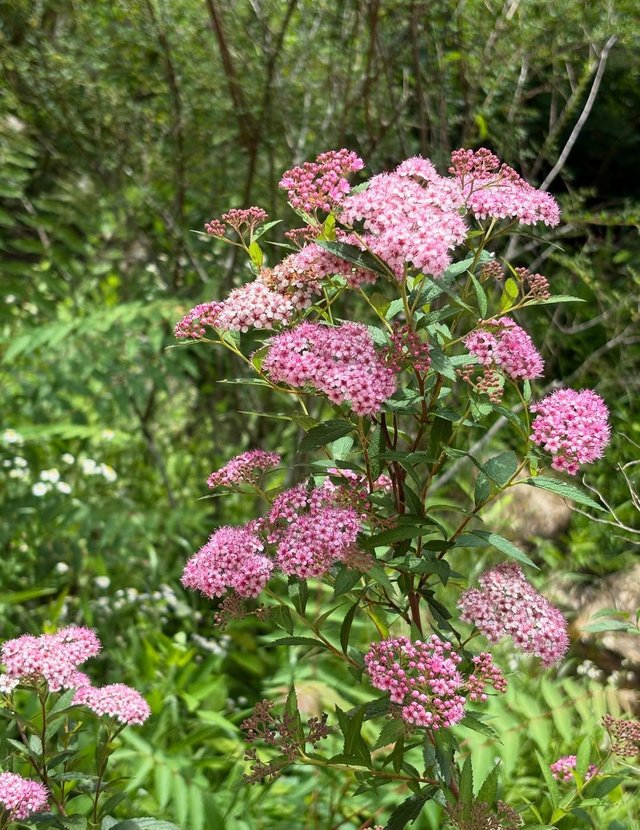Spiraea japonica
In the world of ornamental plants, few shrubs offer the beauty, resilience, and versatility of Spiraea japonica. Often referred to as Japanese Spirea, this deciduous shrub is a favorite among landscapers, gardeners, and pollinators alike. Native to Japan, China, and Korea, Spiraea japonica has become a beloved garden staple in temperate zones worldwide — and for good reason.Spiraea japonica belongs to the Rosaceae family, which also includes roses, apples, and cherries. It is known for its compact growth habit, attractive foliage, and vibrant, long-lasting blooms. This shrub typically grows 2 to 4 feet tall and spreads about the same, making it an excellent choice for borders, foundation plantings, low hedges, or as a mass planting for visual impact.
The most striking feature of Spiraea japonica is its dense clusters of pink to reddish-purple flowers, which appear in late spring to midsummer. These flat-topped flower heads, or corymbs, can measure several inches across and attract a flurry of bees, butterflies, and other beneficial insects.Spiraea japonica is notably pest-resistant and disease-tolerant, though it can occasionally face aphids or powdery mildew in humid conditions. However, its tough constitution makes it a great candidate for low-maintenance gardens, public landscapes, and eco-friendly yards.Because it grows well in urban environments, it's also a top pick for city gardens, pollinator corridors, and school landscapes.
While Spiraea japonica is not considered invasive in many regions, it can spread by seed and escape cultivation in some parts of North America. It’s essential to check with your local extension office or environmental authority if you're unsure about planting it in your region. Opting for sterile cultivars or deadheading spent flowers can help prevent unwanted spreading.




